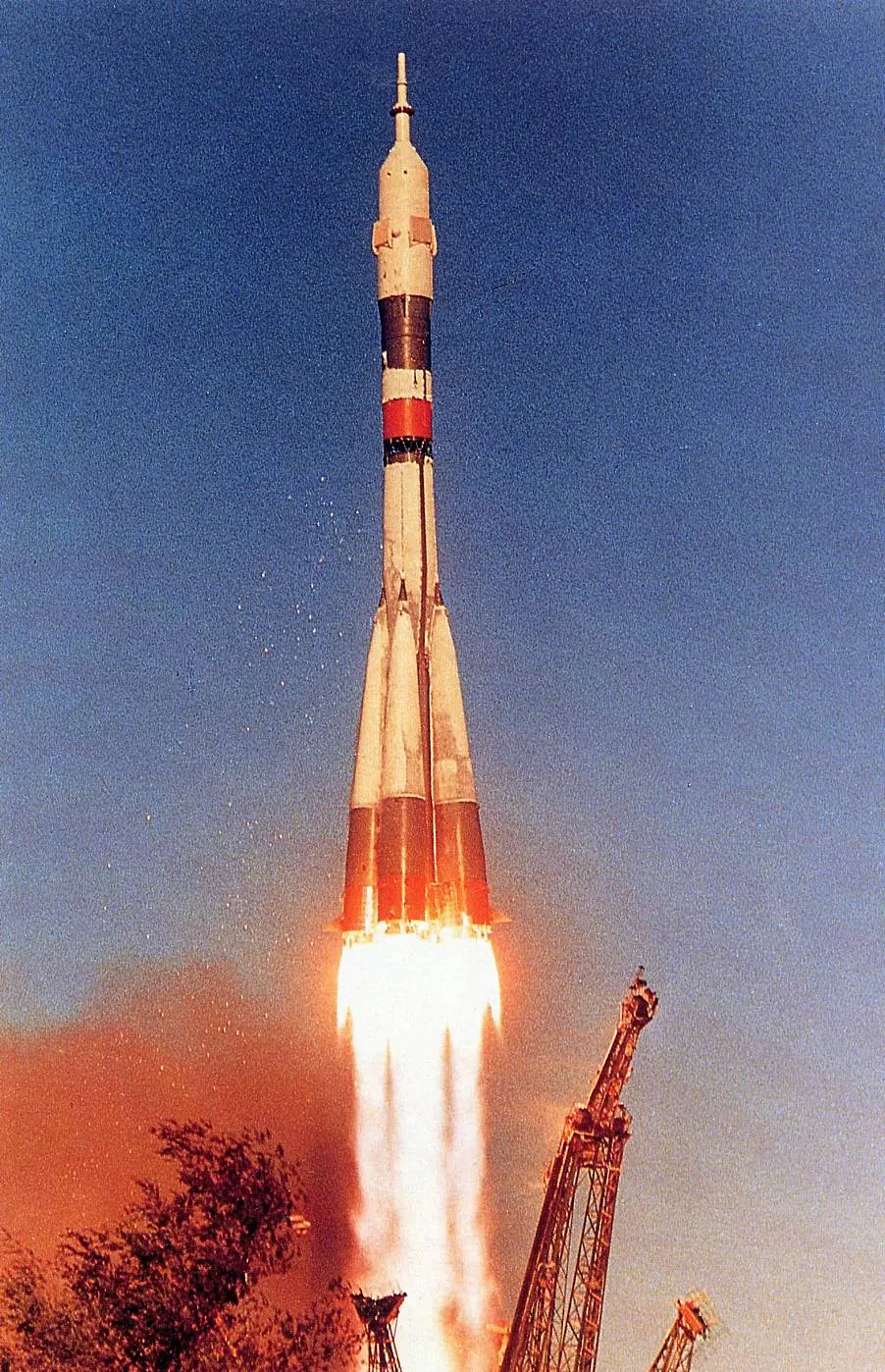Gamma
Launch Success
Liftoff Time (GMT)
10:00:00
Wednesday July 11, 1990
Mission Details
Launch Notes
First and last flight of a Soyuz-derived satellite. This is also the last historical flight to be added on the application, on March 27, 2021. This work, started in 2017, has seen the gradual manual addition of over 6 000 orbital flights, this thanks to the work of a dozen managers. This particular flight was chosen to be the last for several reasons. It’s a Soviet flight, country having launched the most orbital rockets in history, launched by Soyuz, also the most launched rockets of the history. It’s a scientific flight realized in cooperation with other countries, showing that even on little known missions, several opposing powers can cooperate, for the good of humanity. Let's hope that future orbital flights will follow this same logic... Thank you for downloading the application!
Gamma
Gamma was a Soviet gamma ray telescope. It was launched on 11 July 1990 into an orbit around Earth with a height of 375 km and an inclination of 51.6 degrees. It lasted for around 2 years. On board the mission were three telescopes, all of which could be pointed at the same source. The project was a joint Soviet-French project. The Gamma-1 telescope was the main telescope. It consisted of 2 scintillation counters and a gas Cerenkov counter. With an effective area of around 0.2 square metres (2.2 sq ft), it operated in the energy range of 50 MeV to 6 GeV. At 100 MeV it initially had an angular resolution of 1.5 degrees, with a field of view of 5 degrees and an energy resolution of 12%. A Telezvezda star tracker increased the pointing position accuracy of the Gamma-1 telescope to 2 arcminutes by tracking stars up to an apparent magnitude of 5 within its 6 by 6 degree field of view. However, due to the failure of power to a spark chamber, for most of the mission the resolution was around 10 degrees. The telescope was conceived in 1965, as part of the Soviet Cloud Space Station, which evolved into the Multi-module Orbital Complex (MOK). When work on Gamma finally began in 1972, it was intended to create a Gamma observatory, the first space station module for MOK, the first modular space station in the Salyut programme. For this, it was designed to add the scientific instruments of the observatory to a spacecraft derived from the Progress spacecraft – with the Progress in turn being a Soyuz spacecraft derivate – and that this spacecraft would dock to a MOK space station. However, in 1974, at the time it became a joint venture with France, the MOK space station project was canceled, and in February 1976, the Soviet space program was reconfigured.
Low Earth Orbit
1 Payload
7,350 kilograms
Rocket


Manufacturer
RKK EnergiyaPrice
$40.00 million
Rocket
Height: 51.32m
Payload to Orbit
LEO: 7,150 kg
GTO: 0 kg
Liftoff Thrust
4,693 Kilonewtons
Fairing
Diameter: 3m
Height: 15.59m
Stages
3
Strap-ons
4
Launch Site
Stats
Soyuz U
617th
Mission
16th
Mission of 1990
RKK Energiya
2372nd
Mission
38th
Mission of 1990
1990
61st
Orbital launch attempt